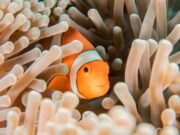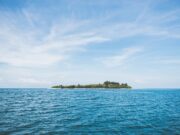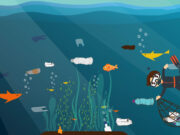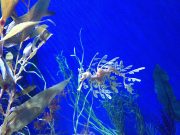The Maldives, a tropical paradise renowned for its crystal-clear waters, vibrant coral reefs, and luxurious resorts, offers some of the most incredible diving in the world. For scuba divers and snorkelers alike, it is also one of the best places on Earth to swim with manta rays. Whether you’re visiting for the dense aggregations of mantas at Hanifaru Bay or the thrilling dives in Fuvahmulah, the Maldives offers numerous opportunities to encounter mantas. Here are the top destinations where you can swim with these gentle giants.
1. Hanifaru Bay, Baa Atoll
Hanifaru Bay, located in Baa Atoll, is a UNESCO Biosphere Reserve famous for its manta rays. This small bay becomes a magnet for mantas during the southwest monsoon season, when plankton blooms draw in these gentle giants by the hundreds.
Hanifaru Bay is a protected area, and scuba diving is not allowed there. However, snorkelling there offers an unparalleled experience as mantas swim close to the surface, often performing barrel rolls as they feed. The sheer number of mantas you can encounter is staggering, with up to 200 individuals spotted at once.
 Image: DepositPhotos
Image: DepositPhotosWhat is Baa Atoll like?
Baa Atoll itself is a stunning area to explore, with pristine beaches and luxurious resorts offering the perfect blend of relaxation and adventure. Apart from mantas, the atoll is home to rich marine life, including whale sharks, sea turtles and vibrant coral reefs, making it a must-visit destination for any scuba diver.
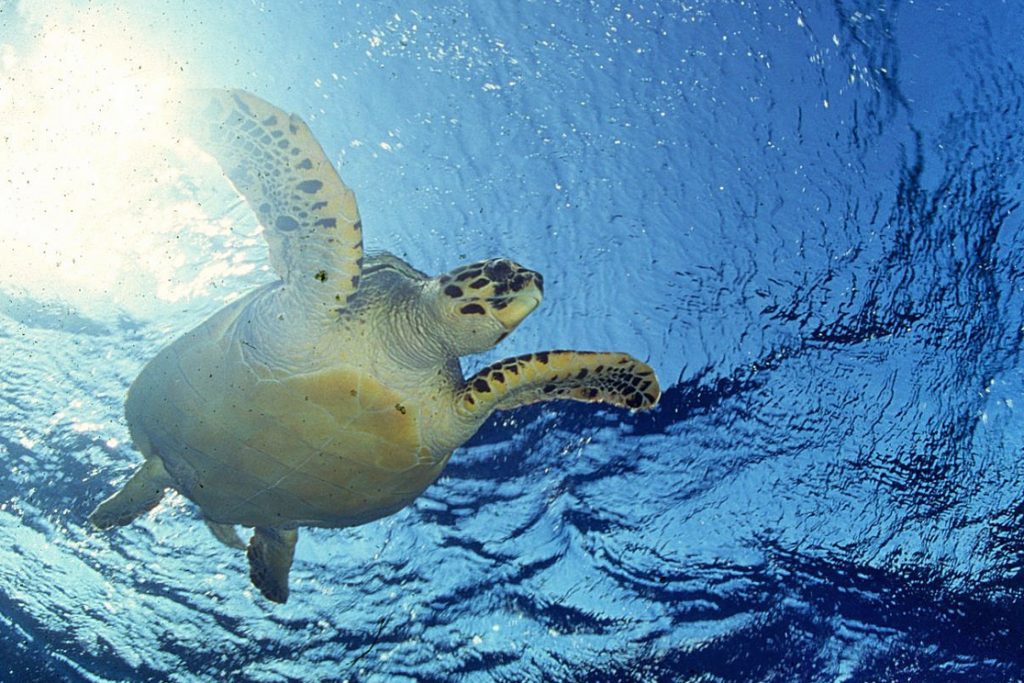
2. Ari Atoll
Ari Atoll, one of the most famous places to go diving in the Maldives, is a paradise for divers and snorkelers. It’s known for its diverse marine life and exceptional dive sites, many of which host manta rays, especially during the northeast monsoon season.

The atoll offers several top manta sites, with Donkalo Thila and Rangali Madivaru being among the most popular. Donkalo Thila is a manta cleaning station, where you can watch these magnificent creatures glide gracefully over the reef, being attended to by cleaner fish.
Rangali Madivaru is another hotspot, where mantas gather to feed and can often be seen in large numbers. The dive sites here are typically deeper, catering well to experienced divers who want to explore the depths.
What is Ari Atoll like?
Ari Atoll is also home to some of the Maldives’ most exclusive resorts. Apart from diving, the atoll offers activities like island hopping, sunset cruises, and exploring local fishing villages. The beauty of the atoll and the activities available make it an ideal destination for dive groups with non-divers.
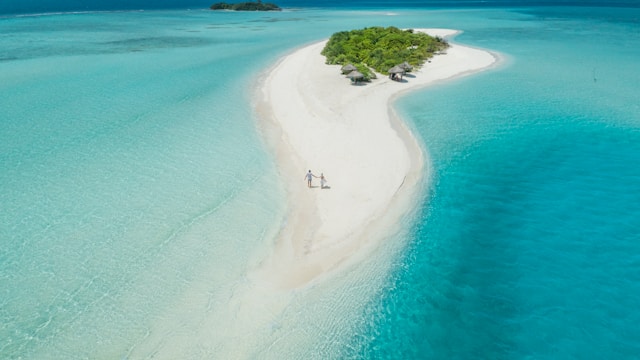
3. Lankan Manta Point, North Male Atoll
Located near the island of Lankanfinolhu in North Male Atoll, Lankan Manta Point is one of the most reliable sites in the Maldives for manta rays. The site is a popular manta cleaning station, where these majestic creatures gather to be cleaned by wrasse and cleaner fish.
 Image: Depositphotos
Image: DepositphotosThe site is accessible to snorkelers and divers, with manta rays often coming close to the surface. The dive itself is relatively shallow, making it perfect for long, leisurely dives where you can fully immerse yourself in the experience. The mantas are the main attraction here, but the surrounding reef is also home to a variety of fish species and the occasional turtle.
What is North Male Atoll like?
North Male Atoll is one of the most developed regions in the Maldives, offering a range of accommodations from budget guesthouses to luxury resorts. The atoll’s proximity to the capital city, Male, also means you can easily explore the cultural and historical sites of the Maldives, including the Grand Friday Mosque and the Maldives National Museum.
4. Fuvahmulah, Southern Maldives
Fuvahmulah is a unique island located in the southernmost part of the Maldives. Unlike other atolls, Fuvahmulah is a solitary island with no surrounding atolls, giving it a unique underwater environment that attracts a wide range of marine life, including manta rays and numerous tiger sharks.
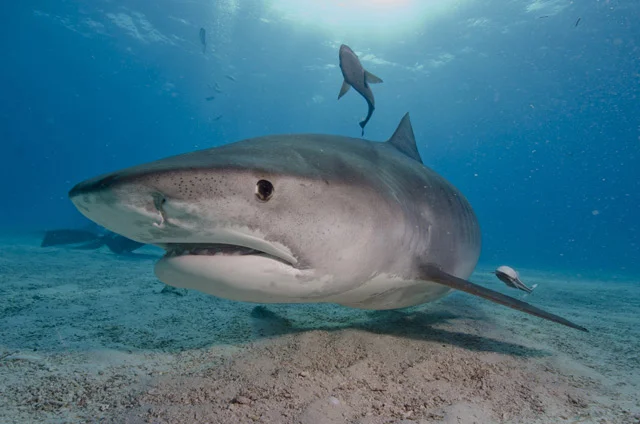 Image: Deposit Photos
Image: Deposit PhotosFuvahmulah is best known for its encounters with oceanic manta rays, a larger and more elusive species than the reef mantas commonly found in other parts of the Maldives. Diving here is an exhilarating experience, with the possibility of seeing not just mantas but also tiger sharks, thresher sharks, and even whale sharks. The dive sites are more challenging, with strong currents and deeper waters, making them ideal for experienced divers looking for an adventure.
What is Fuvahmulah like?
The island of Fuvahmulah itself is a hidden gem, offering a more authentic Maldivian experience than some other atolls. The island is lush and green, with freshwater lakes and a unique black sand beach. It’s less touristy than other parts of the Maldives, giving you a chance to immerse yourself in local culture. The island’s natural beauty and the incredible marine life make it a top destination for those seeking something off the beaten path.
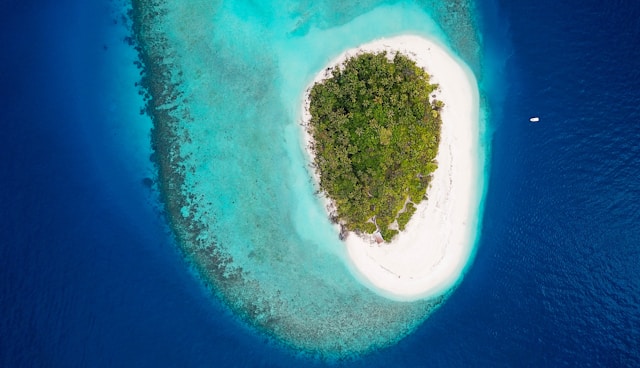
Hoodh Ahmed
5. Miyaru Kandu, Vaavu Atoll
Vaavu Atoll is a lesser-known but rewarding destination if you love mantas. Miyaru Kandu, one of the main channels in the atoll, is a fantastic dive site where mantas are frequently seen, especially during the northeast monsoon season.

Miyaru Kandu is known for its strong currents, which bring in nutrient-rich waters that attract mantas and other large pelagics. Diving there offers the chance to see mantas, schools of barracuda, jacks, and other reef fish. The site also features impressive coral formations and drop-offs.
What is Vaavu Atoll like?
Vaavu Atoll is less developed than other parts of the Maldives, offering a more tranquil and secluded dive destination. The atoll is dotted with small, picturesque islands and sandbanks, perfect for picnics and beachcombing. The local islands, like Felidhoo and Thinadhoo, offer a glimpse into traditional Maldivian life, with opportunities to visit local markets and interact with friendly residents.
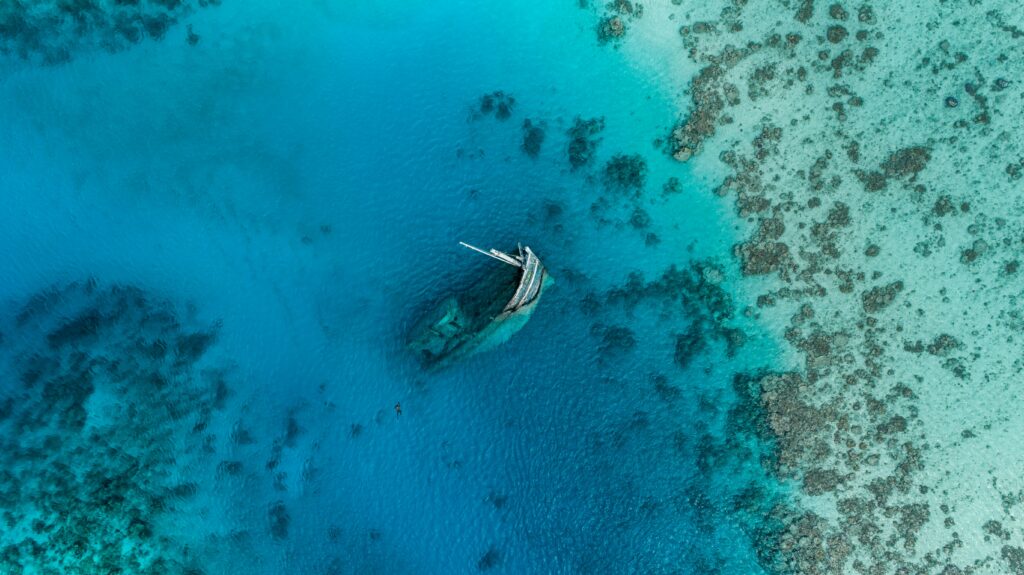
When to Visit the Maldives for Manta Rays.
The Maldives offers manta ray encounters year-round, but the best time to see these magnificent creatures varies depending on the location.
- Southwest Monsoon Season (May to November): This is the best time to visit Hanifaru Bay in Baa Atoll, as the plankton-rich waters attract large numbers of mantas. The visibility might be lower due to plankton blooms, but the sheer number of mantas makes it a must-visit during this period.
- Northeast Monsoon Season (December to April): During this time, mantas are more commonly seen in the central and southern atolls, such as Ari Atoll and Vaavu Atoll. The visibility is usually better during this season, making it ideal for underwater photography and videography.
This article was written by Kathryn Curzon, a shark conservationist and dive travel writer for SSI.
Image credits:
- Manta Rays in Hanifaru bay, Maldives: DepositPhotos
- manta rays: Depositphotos
- Tiger Shark: Deposit Photos

